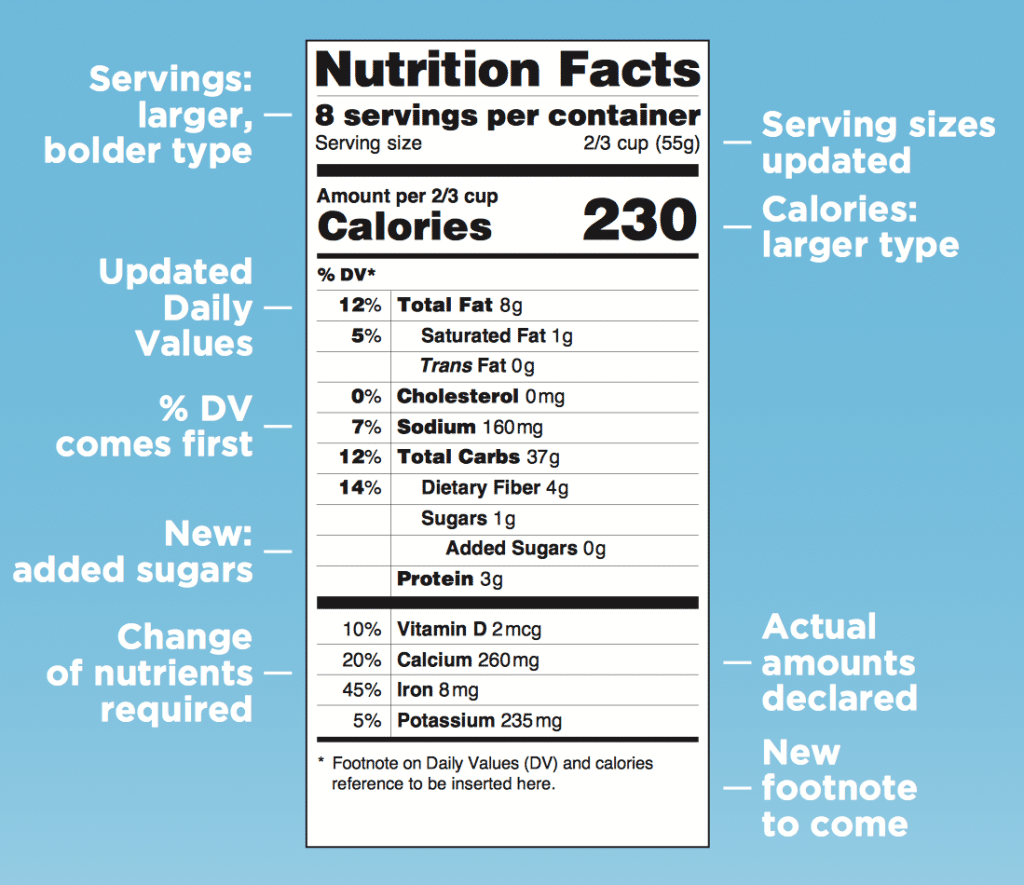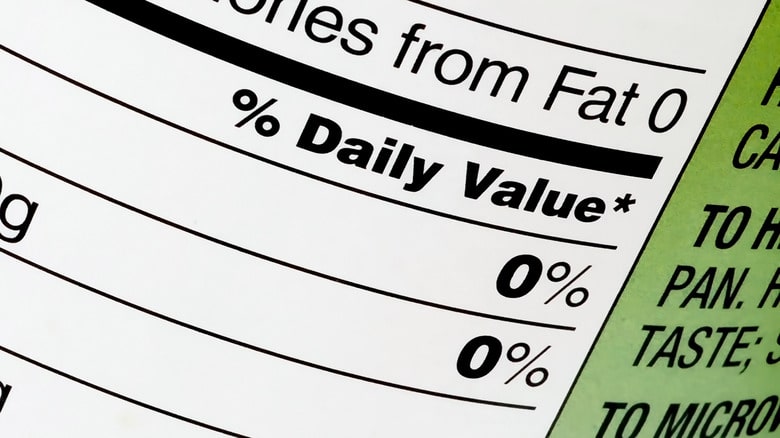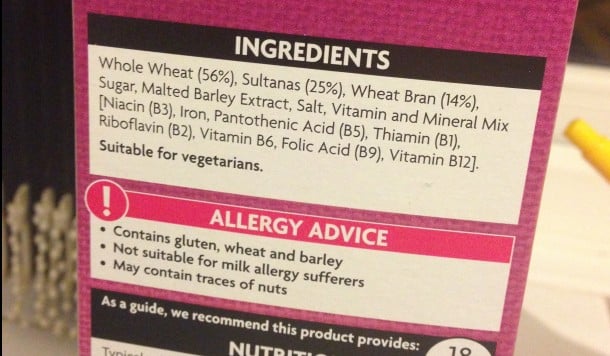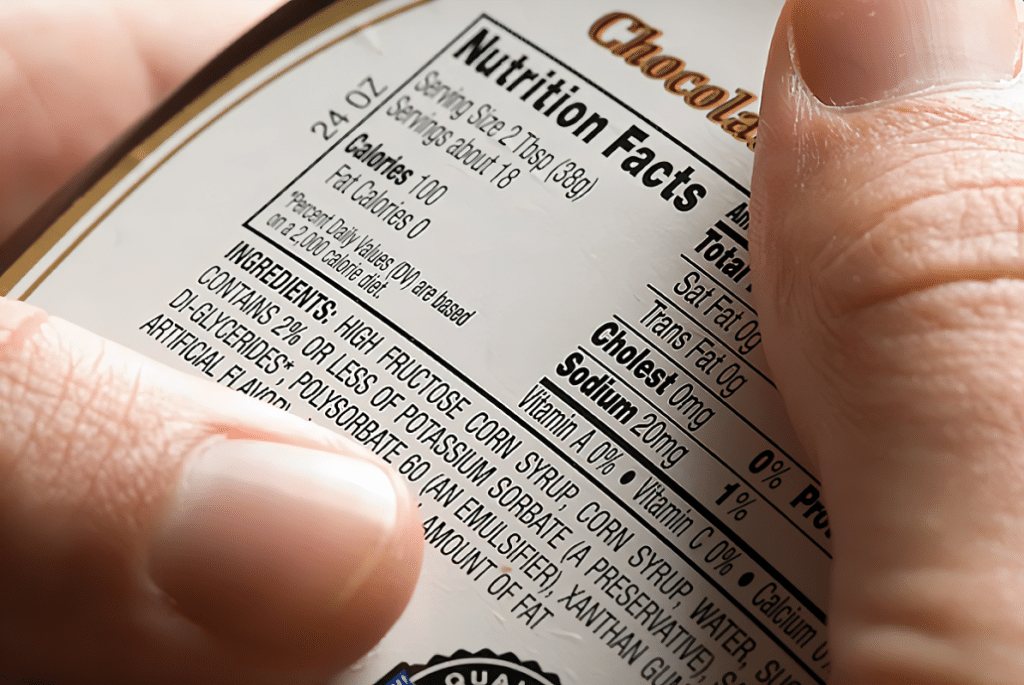Understanding nutrition labels can often seem like deciphering a foreign language. Yet, these labels hold the key to ensuring one’s health and wellness through informed food choices. With rising concerns about processed foods and their impact on health, it’s become imperative for individuals to be aware of what they’re consuming. A closer look at nutrition labels can offer a glimpse into the nutritional value of a product, help avoid harmful ingredients, and make healthier choices overall. This post will dive deep into the essential components of these labels, shedding light on how to read them effectively.
Contents
The Basics Of A Nutrition Label

Every product lining supermarket shelves comes with a distinct nutrition label detailing the nutritional content of the item. This label doesn’t just state the calorie count; it’s a comprehensive list of various nutrients. It offers insight into the amount of fat, protein, carbohydrates, and other vital elements present. At first glance, this may seem like an overload of information, but each component serves a specific purpose in one’s diet. Understanding these components becomes the foundation for making healthier dietary decisions.
The starting point of any nutrition label is the serving size, which details how much of the product the nutritional values are based on. This is crucial because consuming more than the stated serving size means intake of a proportionally higher amount of each nutrient. For instance, if a product has a serving size of 10 chips and it’s consumed in double that amount, both the calories and other nutrients would also double. It’s easy to overlook this detail and assume that the entire package is one serving, which can lead to unintended overconsumption. Being attentive to serving sizes helps track nutrient intake and maintain a balanced diet.
The Truth About Sugars

Sugars, while being a primary source of energy, have been in the spotlight for their potential adverse effects on health when consumed in excess. It’s not just about the sweet taste; sugars contribute to the calorie content of a product, which, when unchecked, can lead to weight gain and related health issues. A nutrition label distinguishes between total sugars and added sugars. Total sugars encompass all sugars present in a product, including those naturally occurring in ingredients like fruits and milk.
Added sugars, on the other hand, are sugars that manufacturers add during processing. These are the primary culprits behind many health concerns linked to high sugar intake, such as diabetes and heart disease. They don’t provide any nutritional benefit, merely empty calories. Checking the amount of added sugars on a nutrition label can be eye-opening. It’s recommended to opt for products with minimal added sugars to ensure a diet that’s not only tasty but also beneficial for long-term health.
Fats – The Good, The Bad, And The Ugly

Fats often get a bad reputation, primarily due to misconceptions. However, not all fats are created equal. Some fats are not only beneficial but also essential for the body. Nutrition labels detail the types of fats in a product, giving a clearer picture of its health implications. For instance, unsaturated fats, found in olive oil and fish, can be beneficial for heart health and can reduce inflammation.
Contrastingly, saturated fats, commonly found in animal products, and trans fats, often seen in processed foods, can be harmful when consumed in large amounts. They can raise LDL (bad cholesterol) levels, increasing the risk of heart disease. Being informed about the types of fats in a product and their respective quantities allows for smarter, heart-healthy choices. By opting for products with higher unsaturated fats and lower saturated and trans fats, one can enjoy delicious foods without compromising health.
Dietary Fiber – Why It Matters

Dietary fiber, often overlooked, is a crucial component for optimal digestive health. Found primarily in plant-based foods, fibers are carbohydrates that don’t get digested in the human body. They play a pivotal role in maintaining bowel health, aiding in digestion, and preventing constipation. A fiber-rich diet can also help manage weight and reduce the risk of certain chronic diseases.
Nutrition labels provide information about the fiber content in products. Higher fiber amounts generally indicate a healthier product, especially when looking at grain-based items like bread or cereals. Furthermore, fiber works in tandem with other nutrients. For instance, while sugars can cause a rapid spike in blood glucose levels, the presence of fiber can slow down the absorption of sugar, leading to a more steady energy release. Making fiber-rich choices can lead to a healthier digestive system, better weight management, and overall improved well-being.
Deciphering Percent Daily Values (%DV)

Percent Daily Values (%DV) on nutrition labels provide a context, illustrating how the nutrients in a particular product fit into a daily diet. These values are based on general dietary recommendations, so they offer a benchmark to gauge if a product is high or low in specific nutrients. For instance, a %DV of 5% or less is considered low, while 20% or more is considered high. This can be particularly useful when trying to limit or increase the intake of certain nutrients.
However, it’s crucial to remember that these values are based on an average diet, and individual needs might vary. Factors like age, gender, activity level, and health conditions can influence one’s nutritional requirements. So, while the %DV provides a helpful guideline, it’s essential to be aware of personal dietary needs. With that understanding, nutrition labels can be a potent tool, assisting in selecting products that align with individual health goals and ensuring a balanced, nutritious intake.
Allergens – Safety First in Food Choices

The importance of understanding allergens cannot be overstated, especially for those who grapple with food allergies or sensitivities. The repercussions of inadvertently consuming an allergenic substance can range from mild discomfort to life-threatening reactions. Thankfully, nutrition labels have risen to the challenge, consistently highlighting potential allergens. Labels often detail common allergens like nuts, dairy, soy, or gluten, making it easier for consumers to identify potential risks at a glance.
The onus is not just on individuals with known allergies. As global cuisine becomes increasingly accessible, new ingredients introduce potential allergens previously unfamiliar to many. Regularly checking the allergen section of nutrition labels, even if one hasn’t previously had allergies, can be a preventative measure. This proactive approach ensures both safety and enjoyment when exploring diverse foods and products.
Additives – Understanding What’s Added

The modern food industry often employs additives for various reasons, including enhancing flavors, improving texture, and extending shelf life. These can encompass preservatives, artificial colors, flavor enhancers, and more. While many additives undergo rigorous testing to ensure safety, some consumers prefer to minimize or avoid certain additives due to health concerns or personal dietary philosophies.
A deeper dive into the additives section of nutrition labels can be enlightening. Some additives, like certain natural flavors or vitamins, might be benign or even beneficial. Others might be more contentious, like excessive artificial preservatives or certain colorings. Armed with knowledge about these additives, consumers can make discerning choices, selecting products that align with their dietary preferences and health convictions.
The Bottom Line
Decoding nutrition labels might initially seem daunting, but with a bit of knowledge, they transform into invaluable tools for health. Every section, from macronutrients to additives, provides insights that can drive better food choices. In a world overflowing with dietary options, being armed with this information is the first step towards a healthier, more informed approach to eating. Through understanding and utilizing nutrition labels, individuals can take control of their diets, ensuring that each bite contributes positively to their well-being.


